 Loading...
Loading...T
- TMG 840 WP ANL
- TML 440 WP2
- TML 600-40 WP CH3
- TML 640 WP2
- TML 800-40 WP CH3
- TML 840 WP2
- TMM 440 WP2
- TMM 640 WP
- TMM 800-43 WP CH3
- TMM 840 WP2
- TMM 843 WP
- TMR 600-40 WP CH4
- TMR 640 WP11
- TMR 800-40 WP CH3
- TMR 840 WP9
- TMR 843 WP4
- TMV 800-40 CH
- TMV 800-40 WP3
- TMV 840
- TMV 840 WP29
- TMV 840 WP ANL
- TMV 840 WP C
- TMV 840 WP XL2
- TMV 843 TOUCHTRONIC
- TMV 843 WP17
- TOPSTAR
- TOUCHTRONIC PREMIER PLUS
- Touchtronic Ultra
- Touchtronic W 1203
- Triflex HX115
- Triflex HX1 Cat & Dog
- Triflex HX1 Comfort2
- Triflex HX1 Comfort SMLL0
- Triflex HX1 Graphite Grey
- Triflex HX1 HomeCare
- Triflex HX1 Power SMUL5
- Triflex HX1 Pro
- Triflex HX1 - SMUL0
- TRK 555
- TS 1200 L
- TS 1800 R DESCRIPTIF
- TS 600 L DESCRIPTIF
- TS 600 R DESCRIPTIF
- TSB 100-43 CH3
- TSB 143 WP14
- TSD 363 WP7
- TSD 363 WP NDS3
- TSD 400-43 CH3
- TSD 443 WP8
- TSD443 WP EcoSpeed&8kg
- TSF 643 WP15
- TSF643 WP EcoSpeed&8kg
- TSF 663 WP7
- TSF663 WP EcoSpeed
- TSF 663 WP NDS3
- TSJ 663 WP15
- TSJ 663 WP C
- TSJ663 WP Eco&9kg
- Turbo Dry SC2
- Turbo Dry SCi
- Turbo Dry SCVi
- Turbo Glass
- TURBO GLASS SC
- TWB 100-40 CH3
- TWB120WP6
- TWB140
- TWB 140 WP30
- TWB140WP C
- TWD 160 WP
- TWD360WP22
- TWD 360 WP NDS3
- TWD 400-40 CH3
- TWD440
- TWD 440 WP27
- TWD 440 WP C
- TWD440 WP EcoSpeed&8kg
- TWD 449 WP2
- TWD 660 WP2
- TWE 500-20 CH3
- TWE520WP6
- TWE 520 WP Active Plus9
- TWE520 WP Eco2
- TWE 600-20 CH3
- TWE 620 WP9
- TWE 620 WP ANL
- TWE 700-20 CH3
- TWE 720 WP5
- TWE720 WP Eco2
- TWE 727 WP5
- TWF 160 WP ANL
- TWF 500-05 WP EditionEco Silence3
- TWF 500 WP
- TWF 500 WP EditionEco8
- TWF 505 WP EditionEco Silence5
- TWF 600-20 WP3
- TWF 600-40 CH3
- TWF 600 WP2
- TWF 600 WP ANL
- TWF 600 WP C
- TWF 620 WP9
 Loading...
Loading... Loading...
Loading...Nothing found
TSF 643 WP
User manual
80 pgs3.44 Mb0
User manual
80 pgs4.25 Mb0
User manual
84 pgs4.72 Mb0
User manual
88 pgs4.66 Mb0
Operating instructions
84 pgs4.63 Mb0
Instructions Manual [bg]
84 pgs4.42 Mb0
Quick user guide [de]
2 pgs1.64 Mb0
Instructions Manual [lv]
84 pgs4.42 Mb0
User Manual [nl]
84 pgs4.67 Mb0
User manual [no]
84 pgs4.65 Mb0
Instructions Manual [ro]
88 pgs4.66 Mb0
User manual [sr]
84 pgs4.63 Mb0
User manual [sv]
84 pgs4.65 Mb0
User manual [tr]
84 pgs4.63 Mb0
User Manual [uk]
88 pgs4.56 Mb0
Table of contents
 Loading...
Loading...Specifications and Main Features
Frequently Asked Questions
User Manual
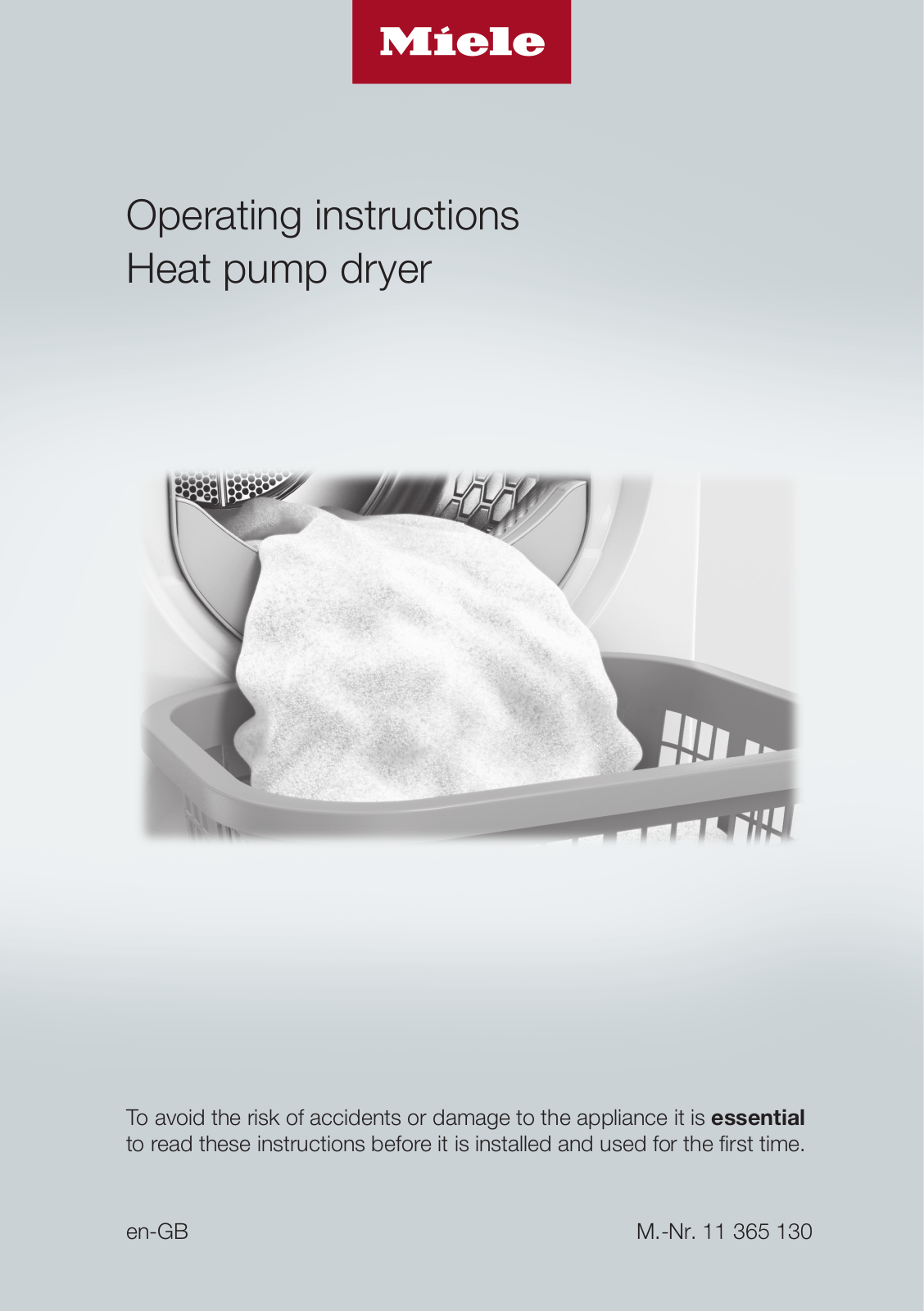
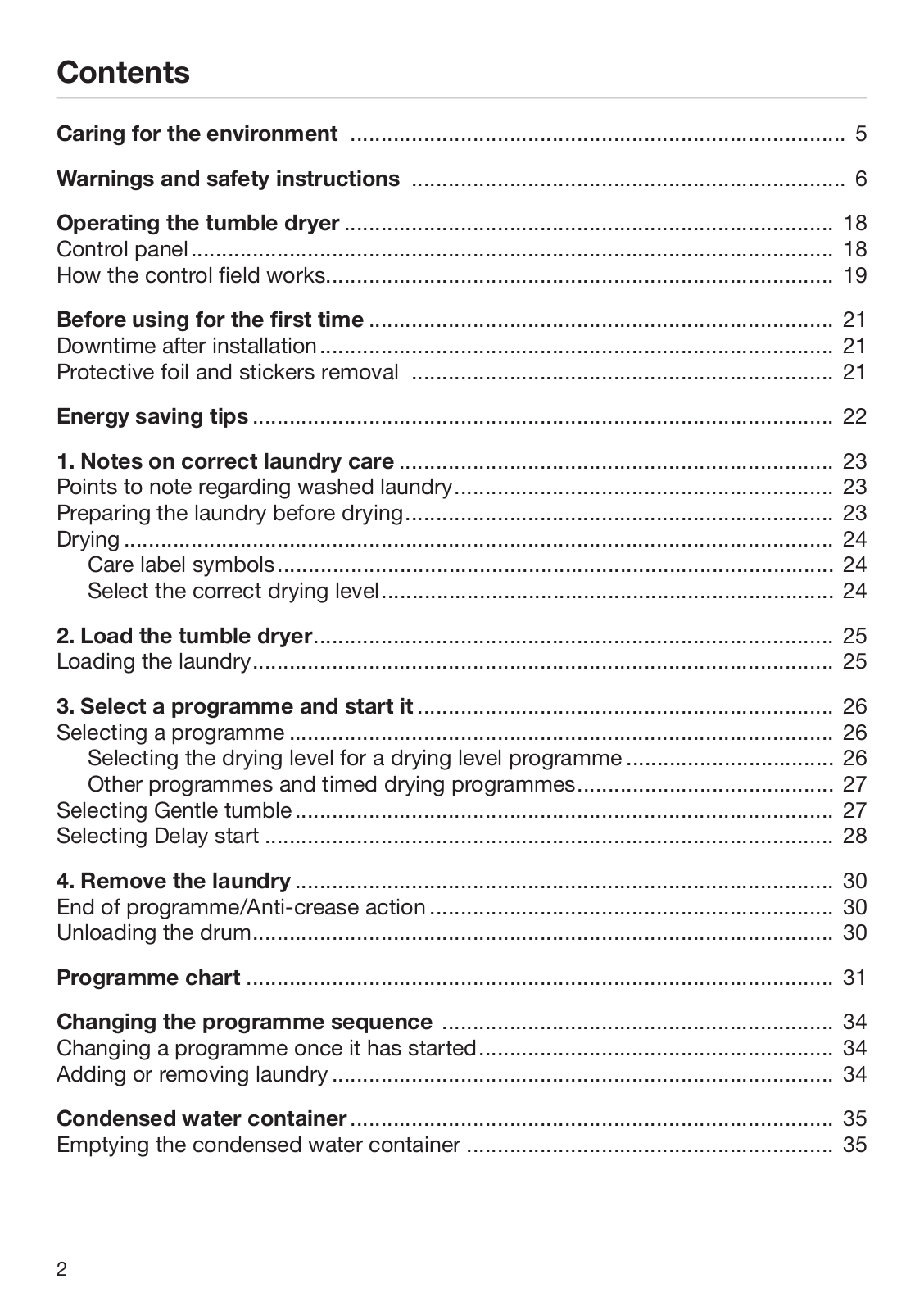
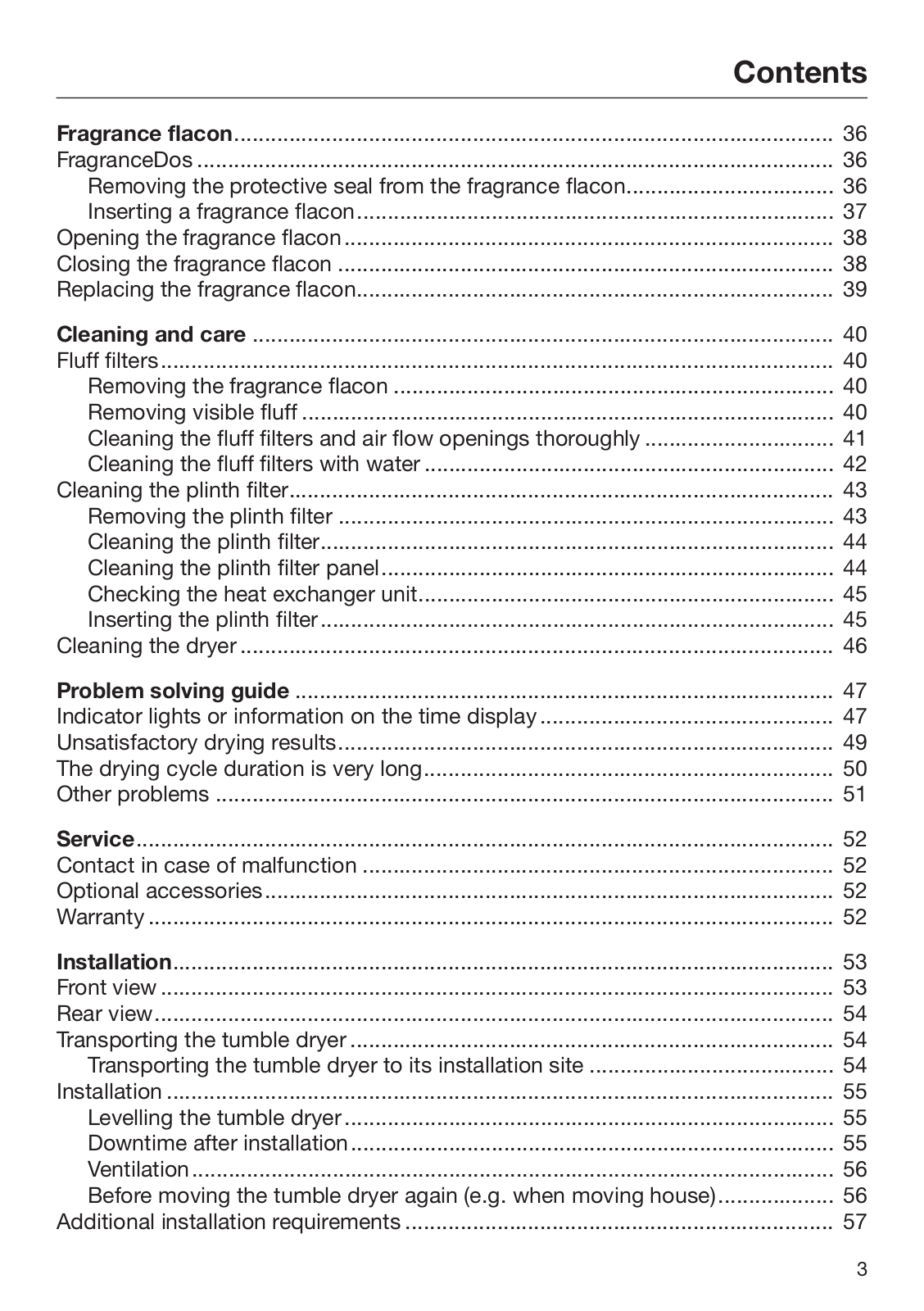
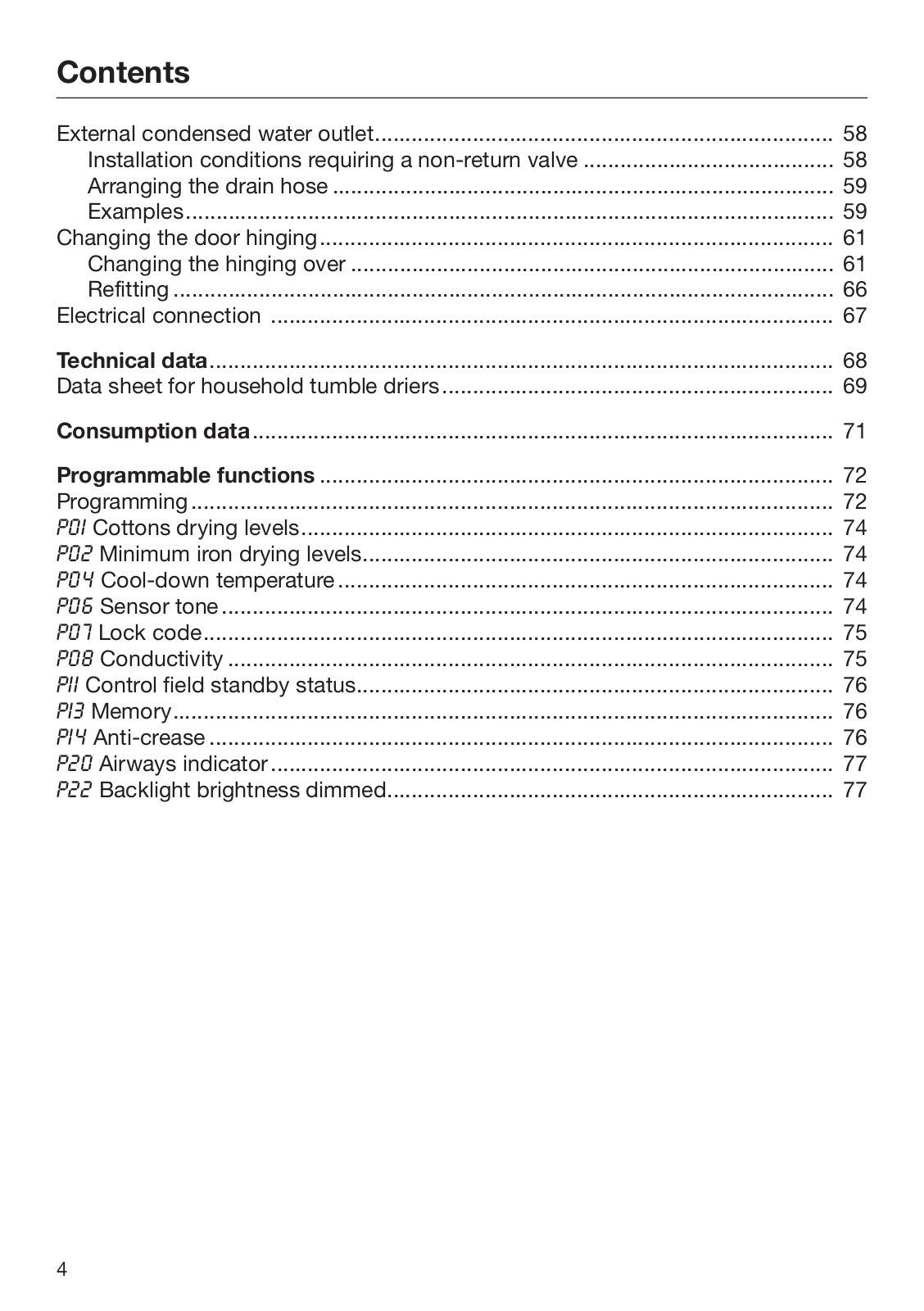
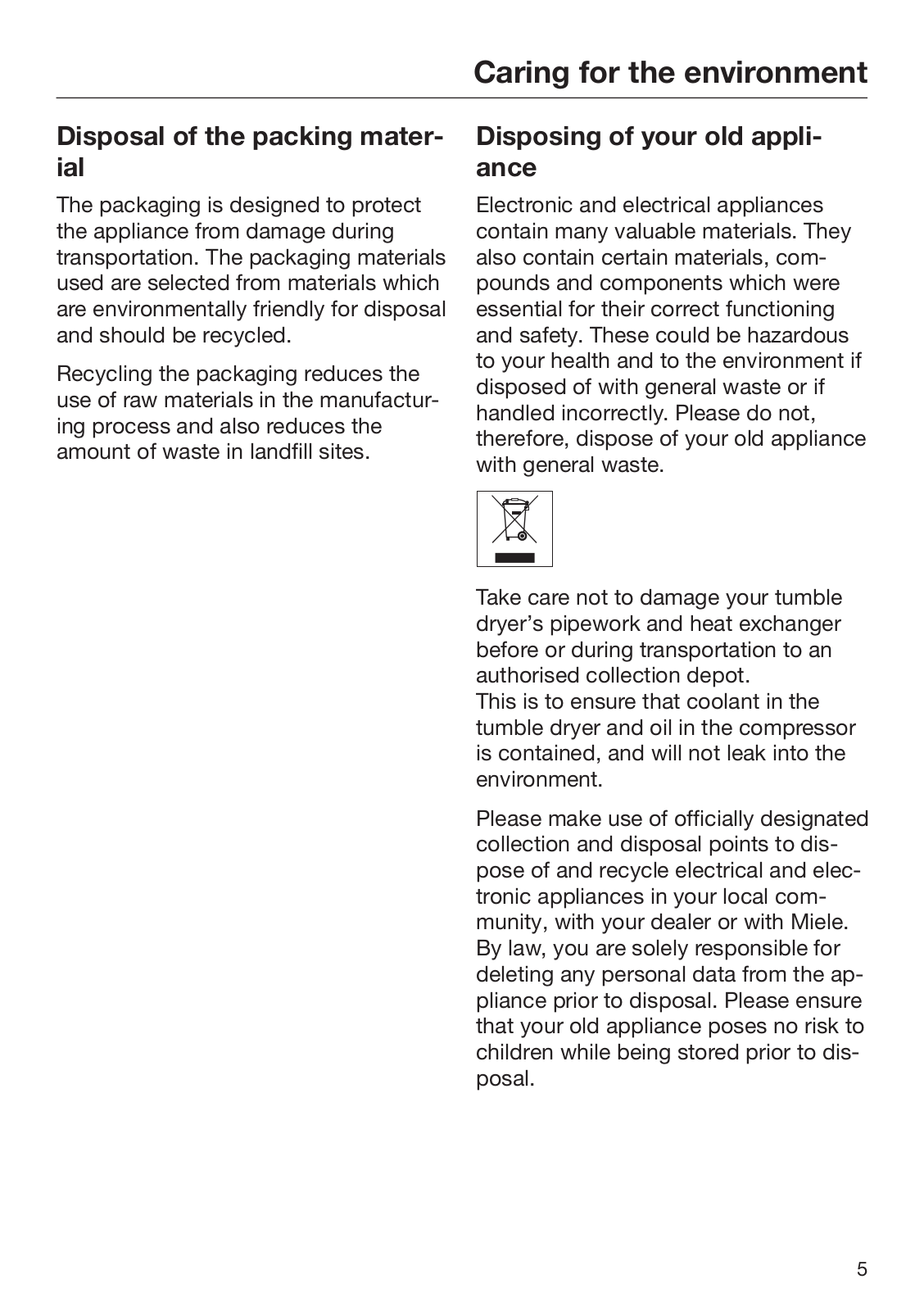
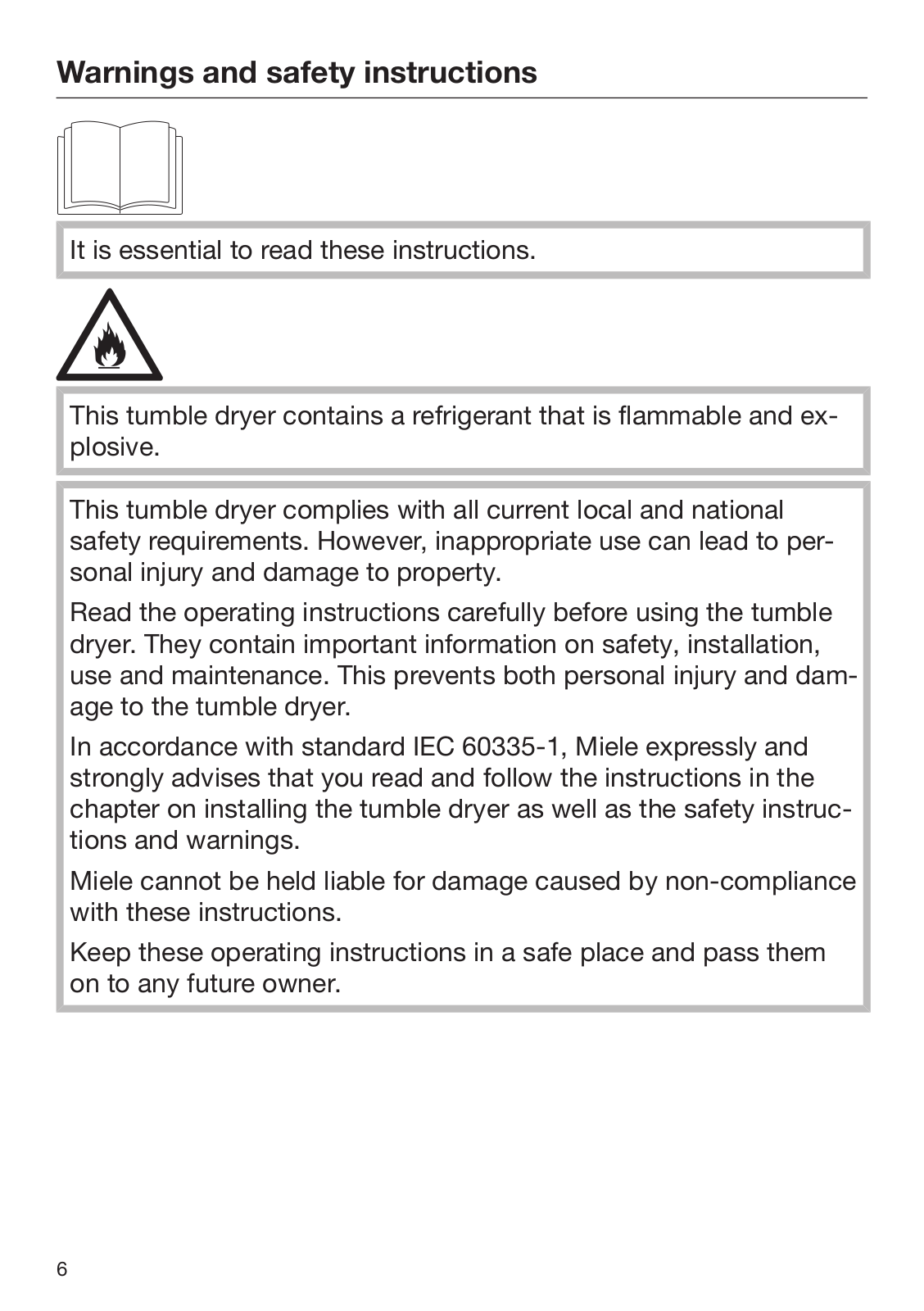
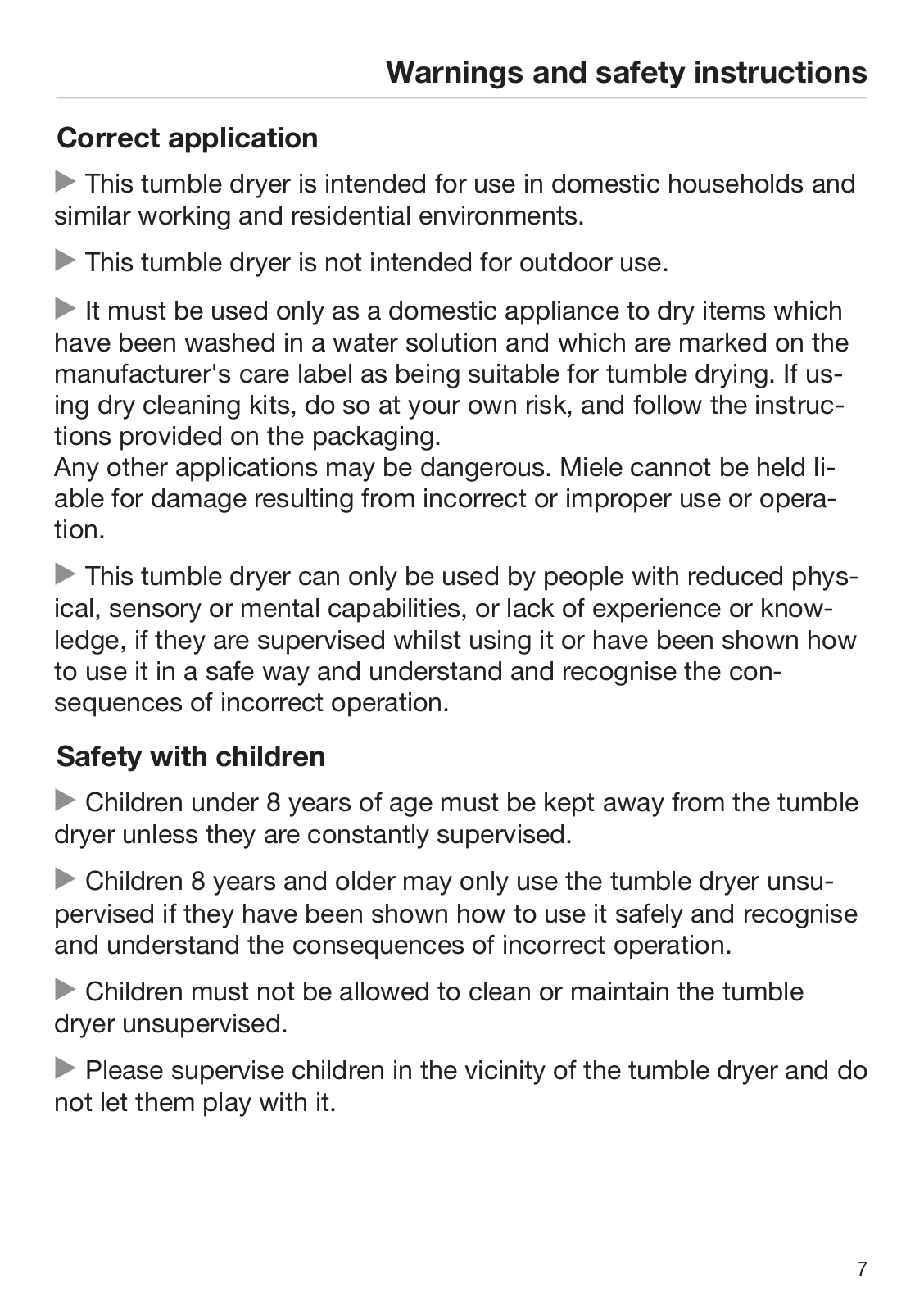
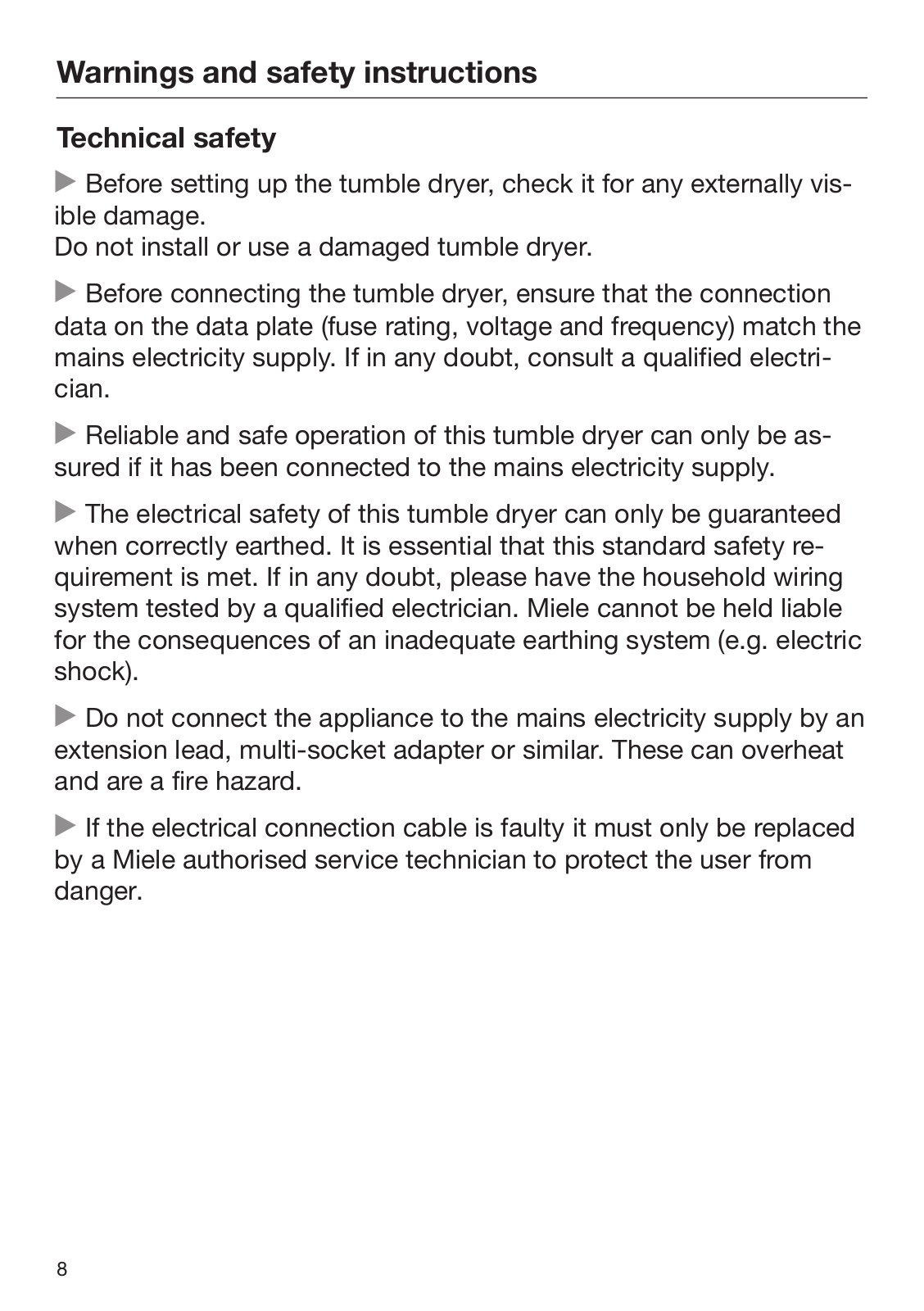
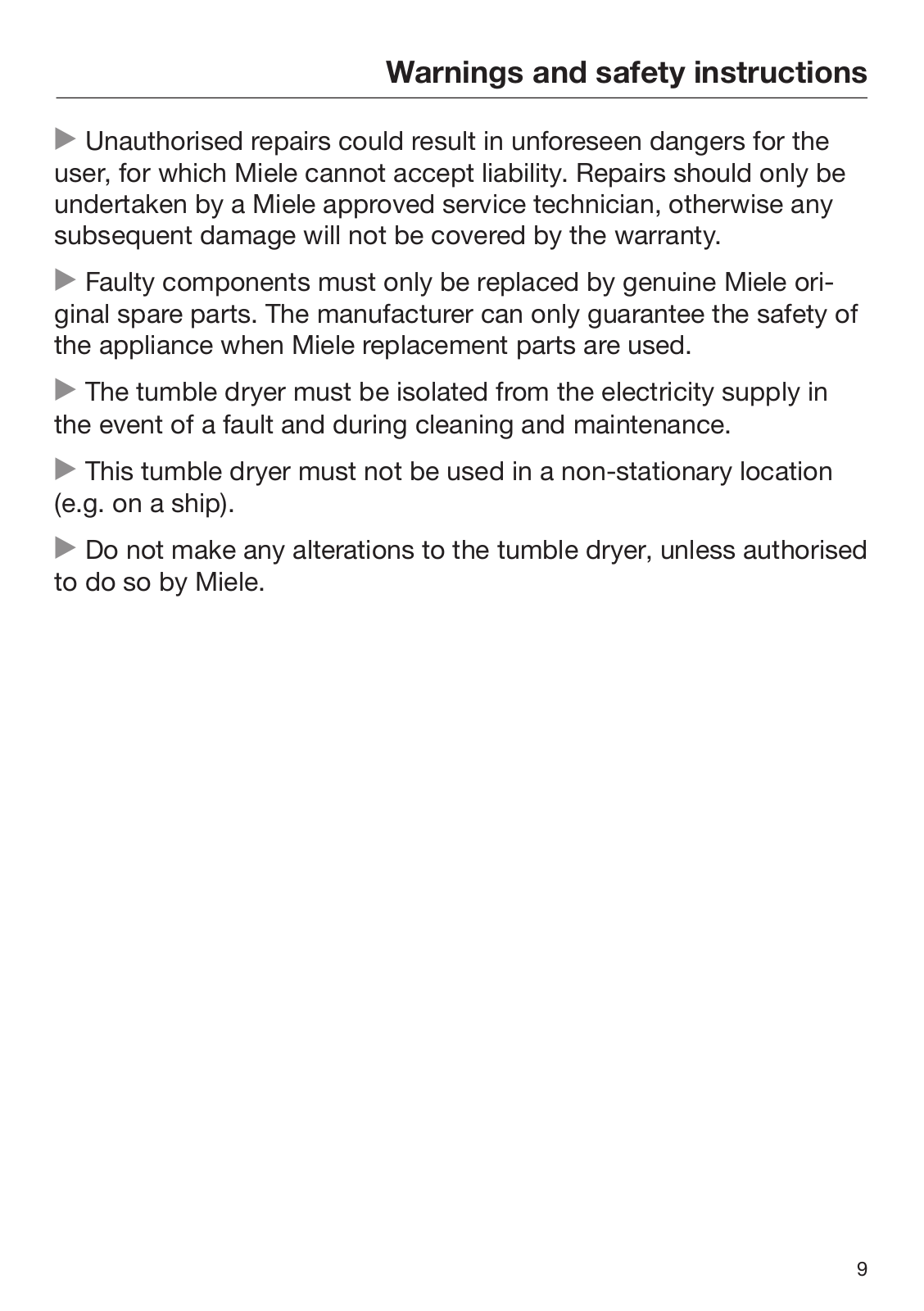
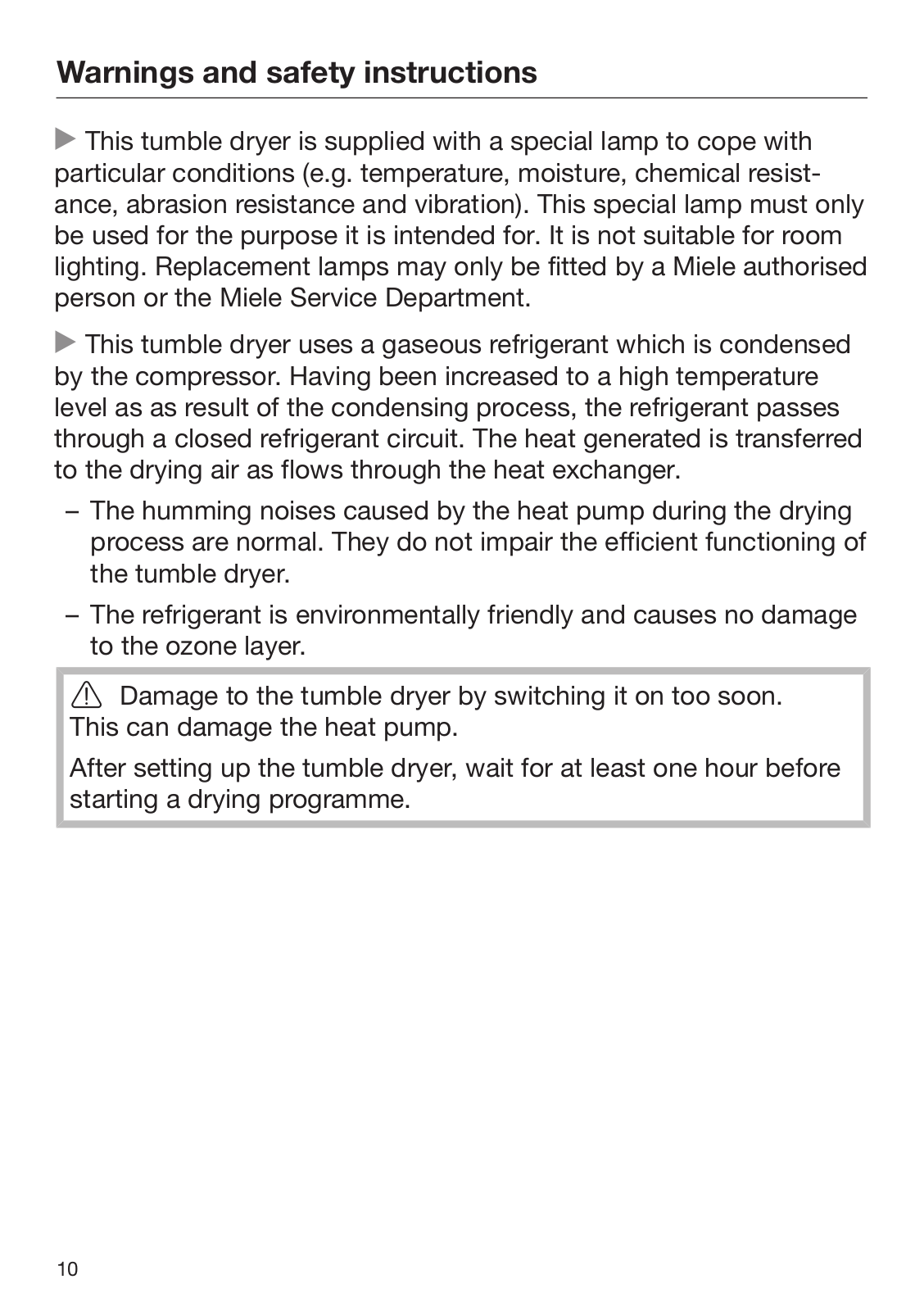
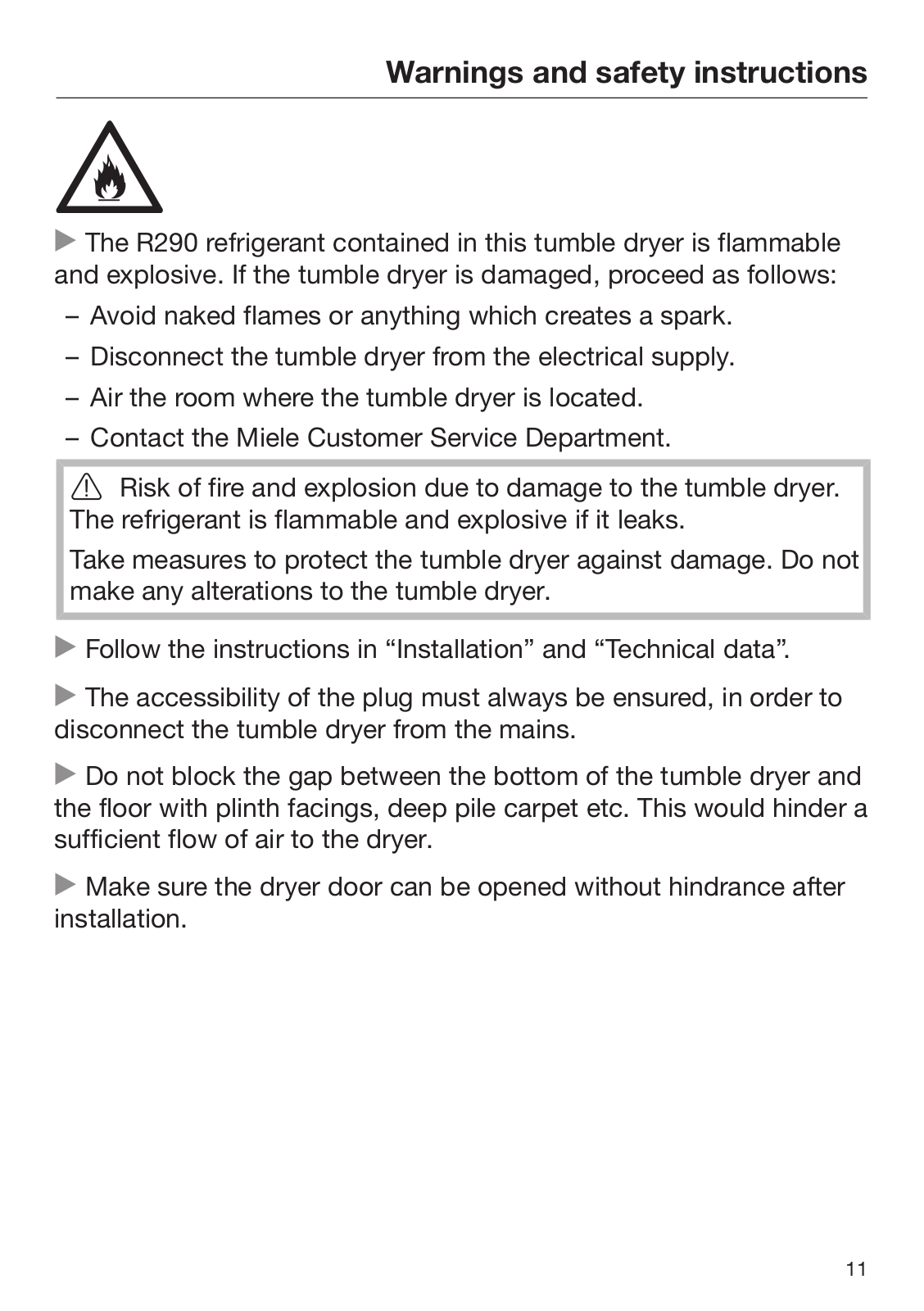
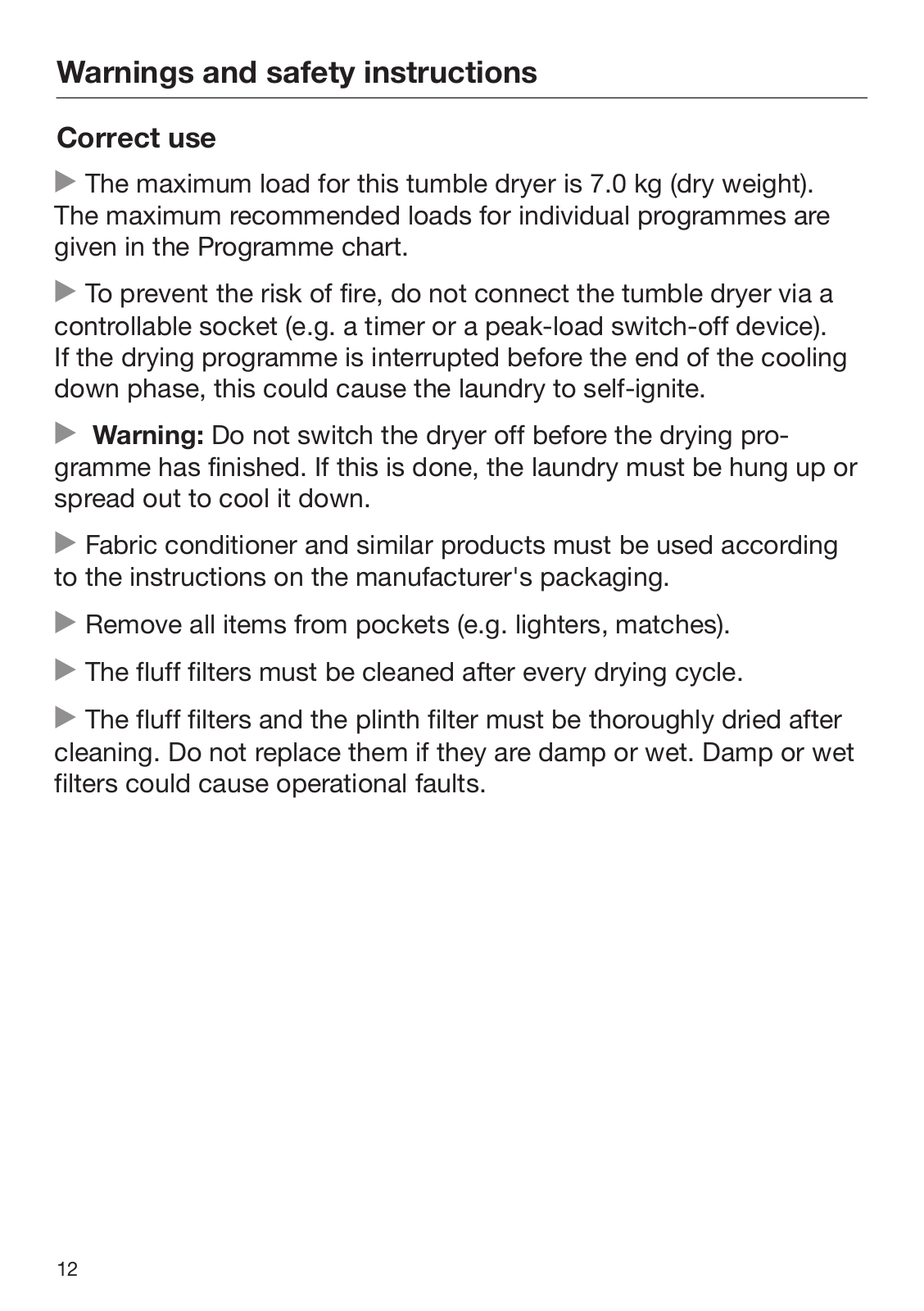
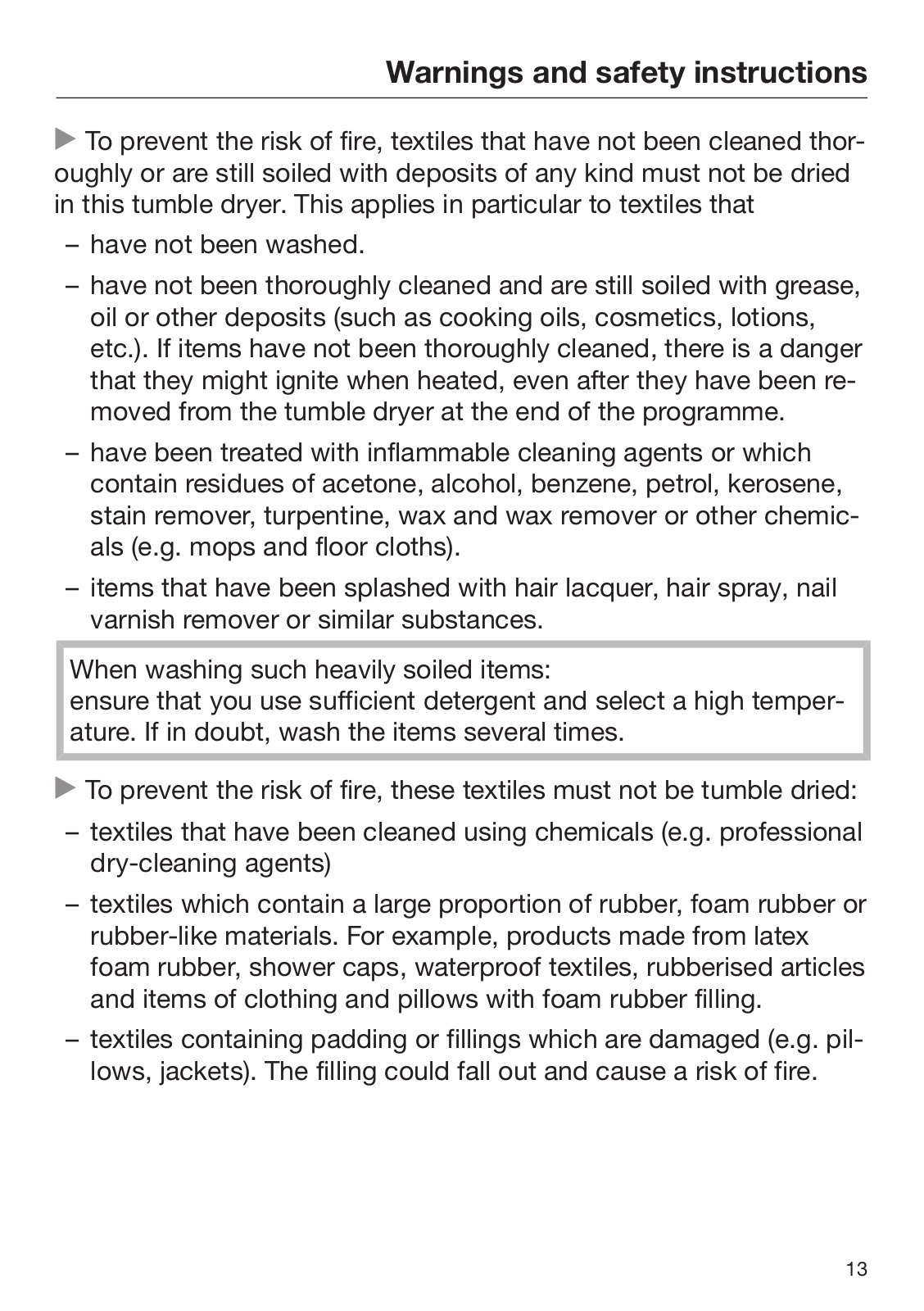
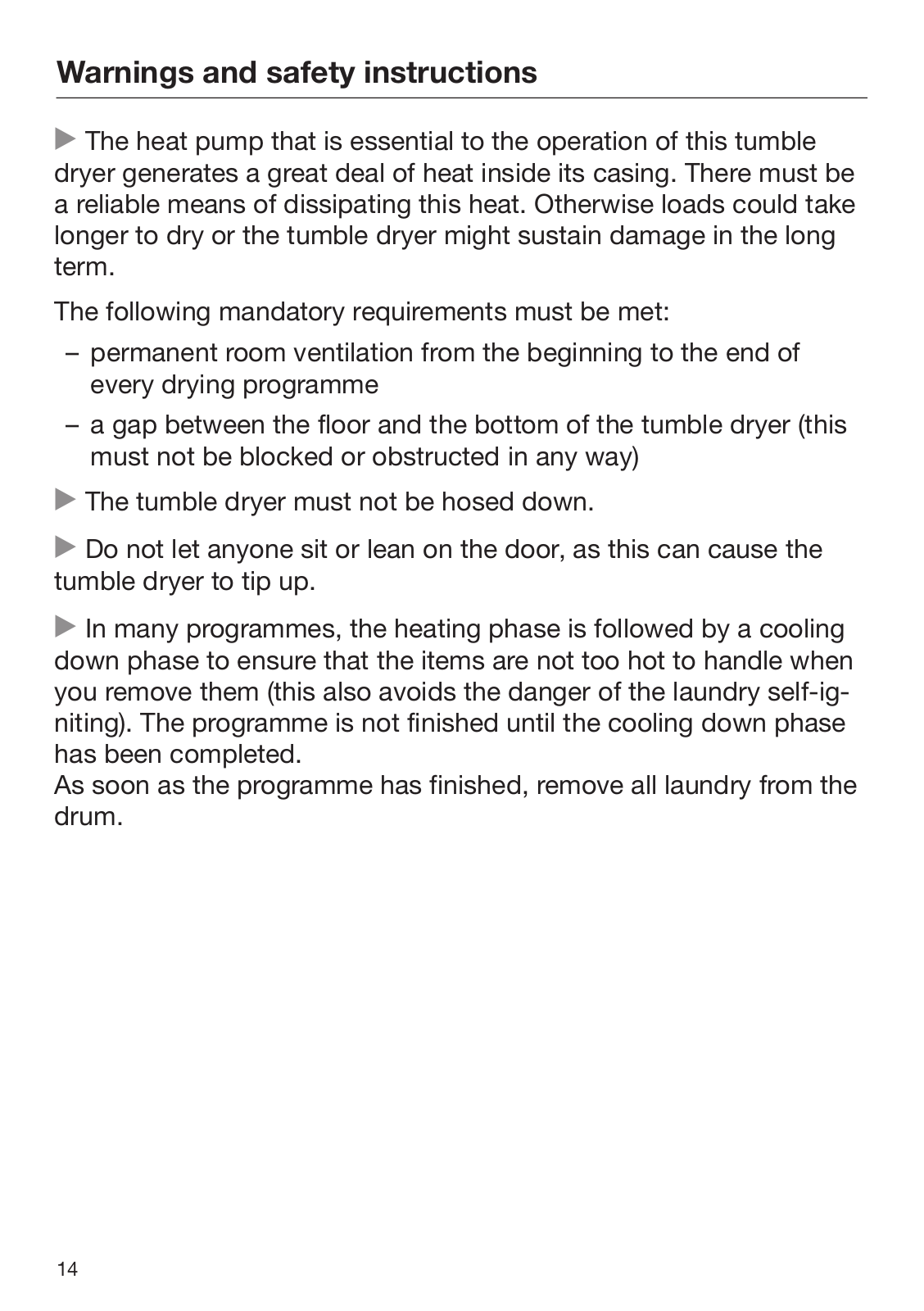
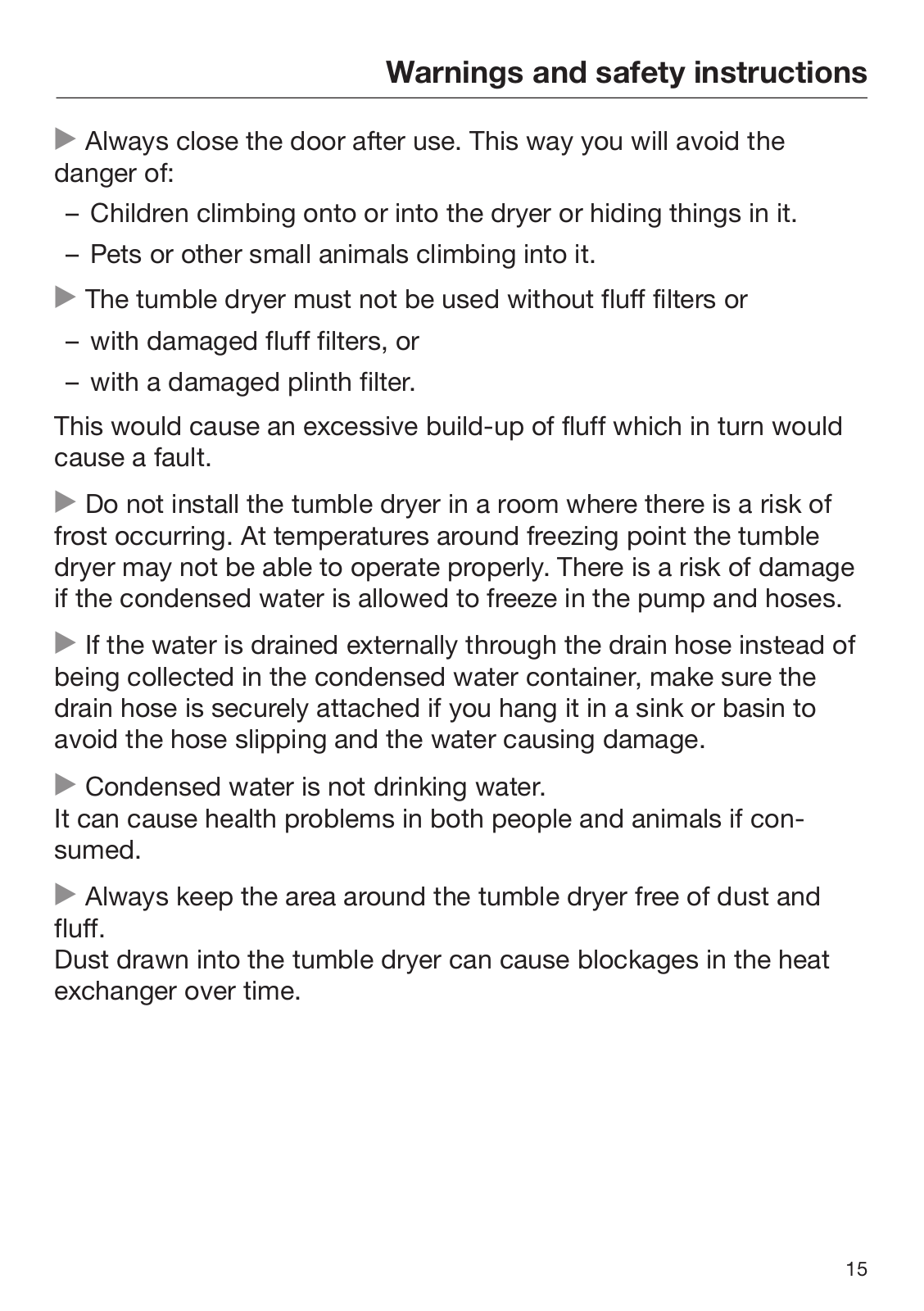
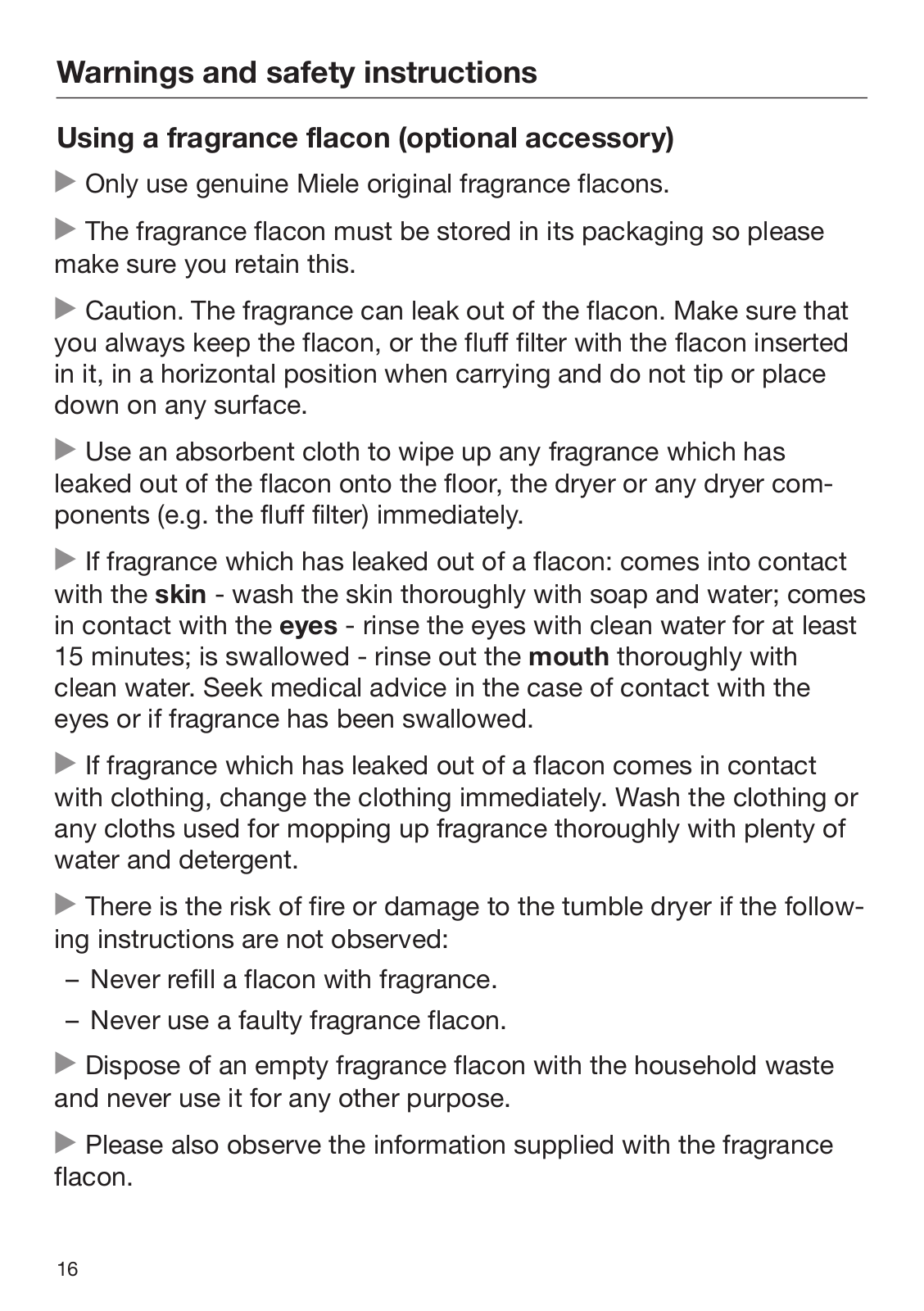
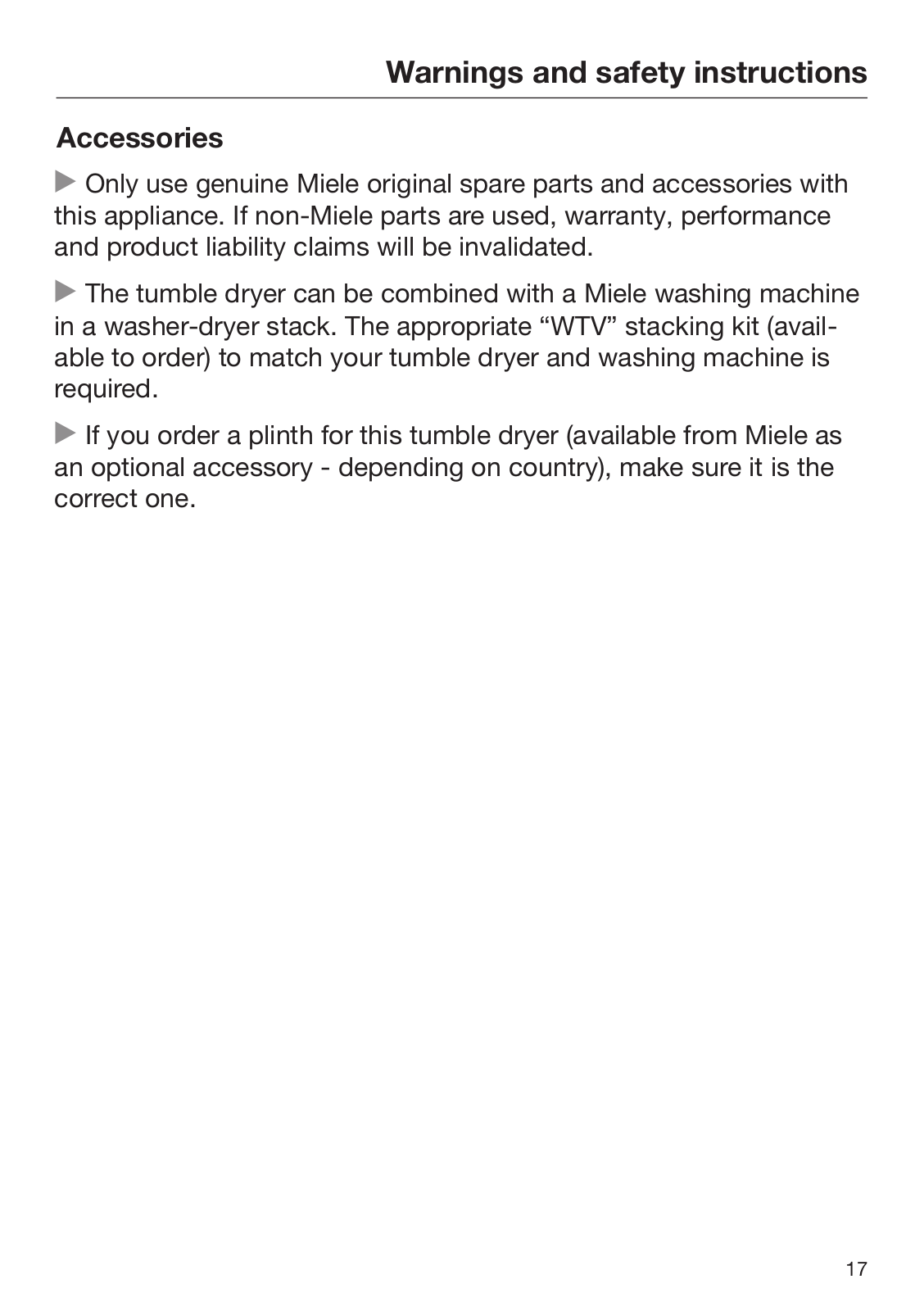
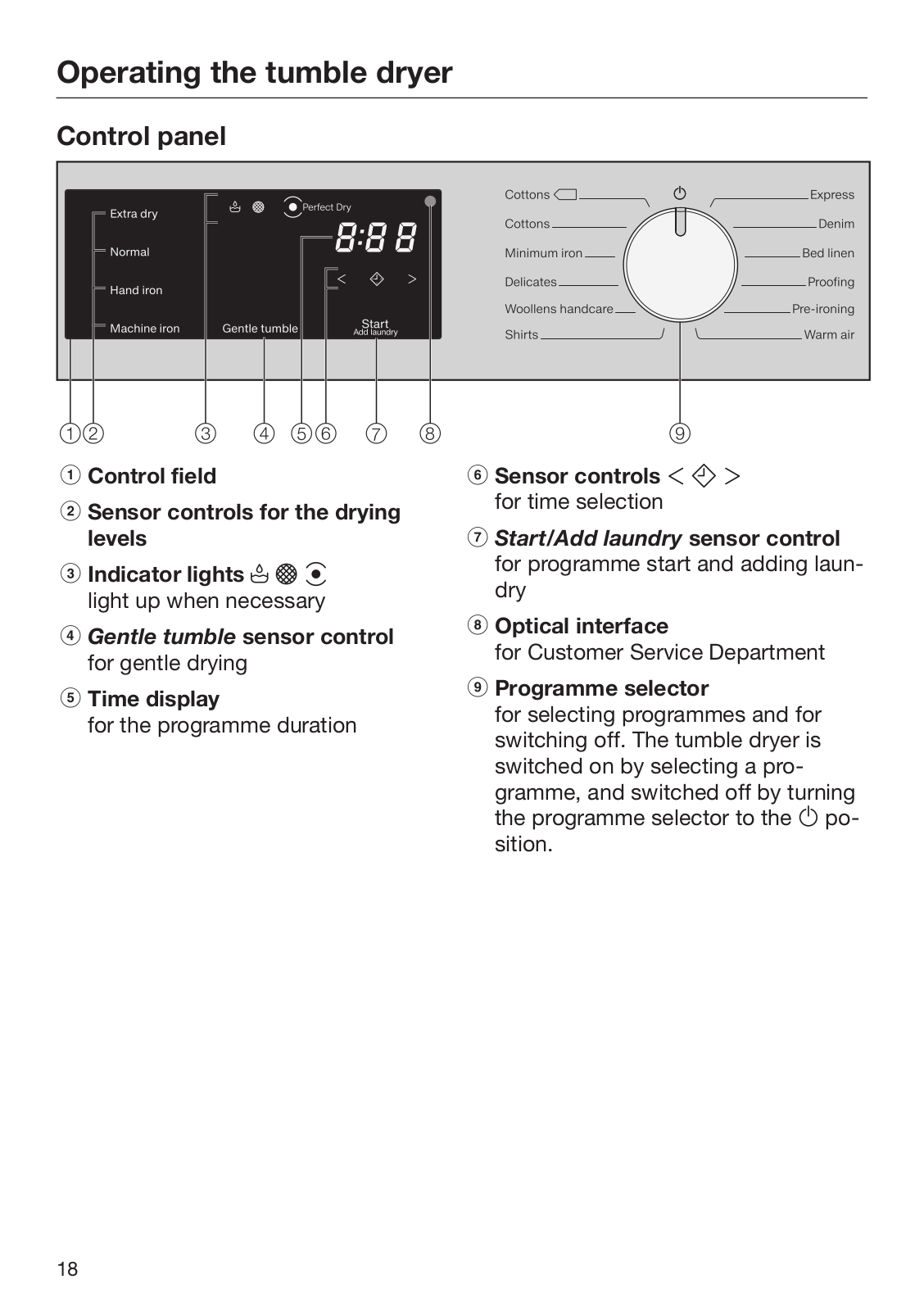
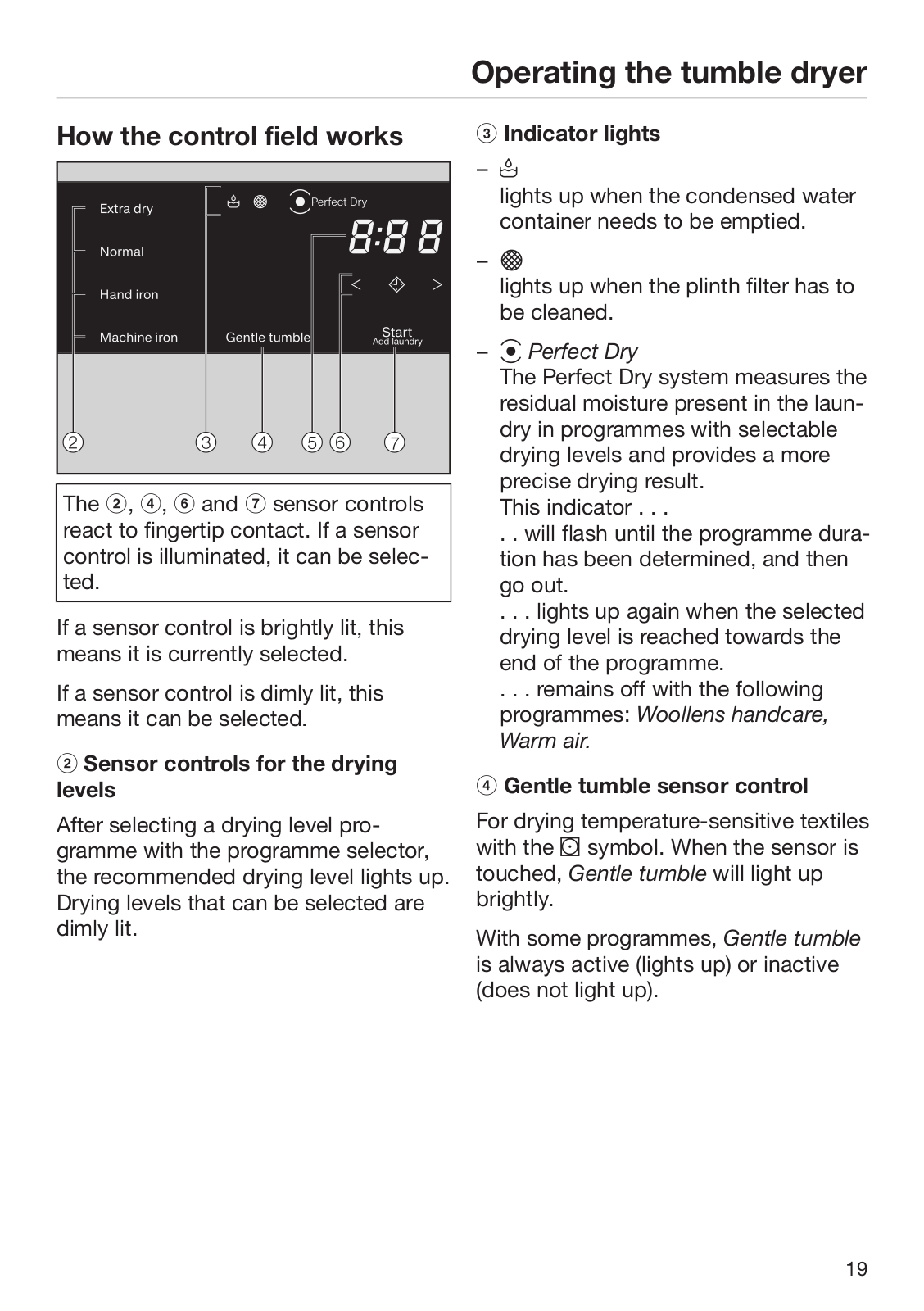
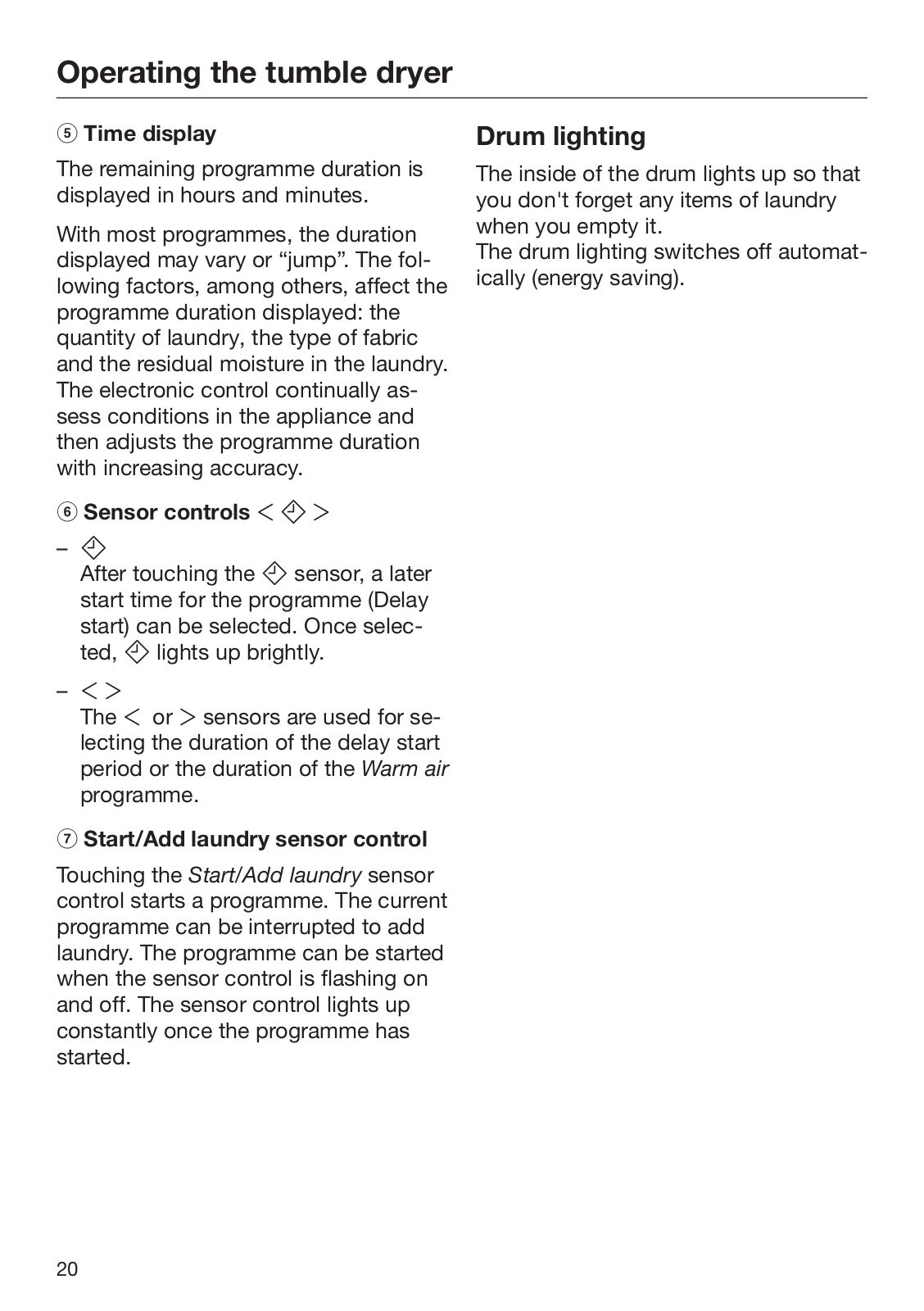

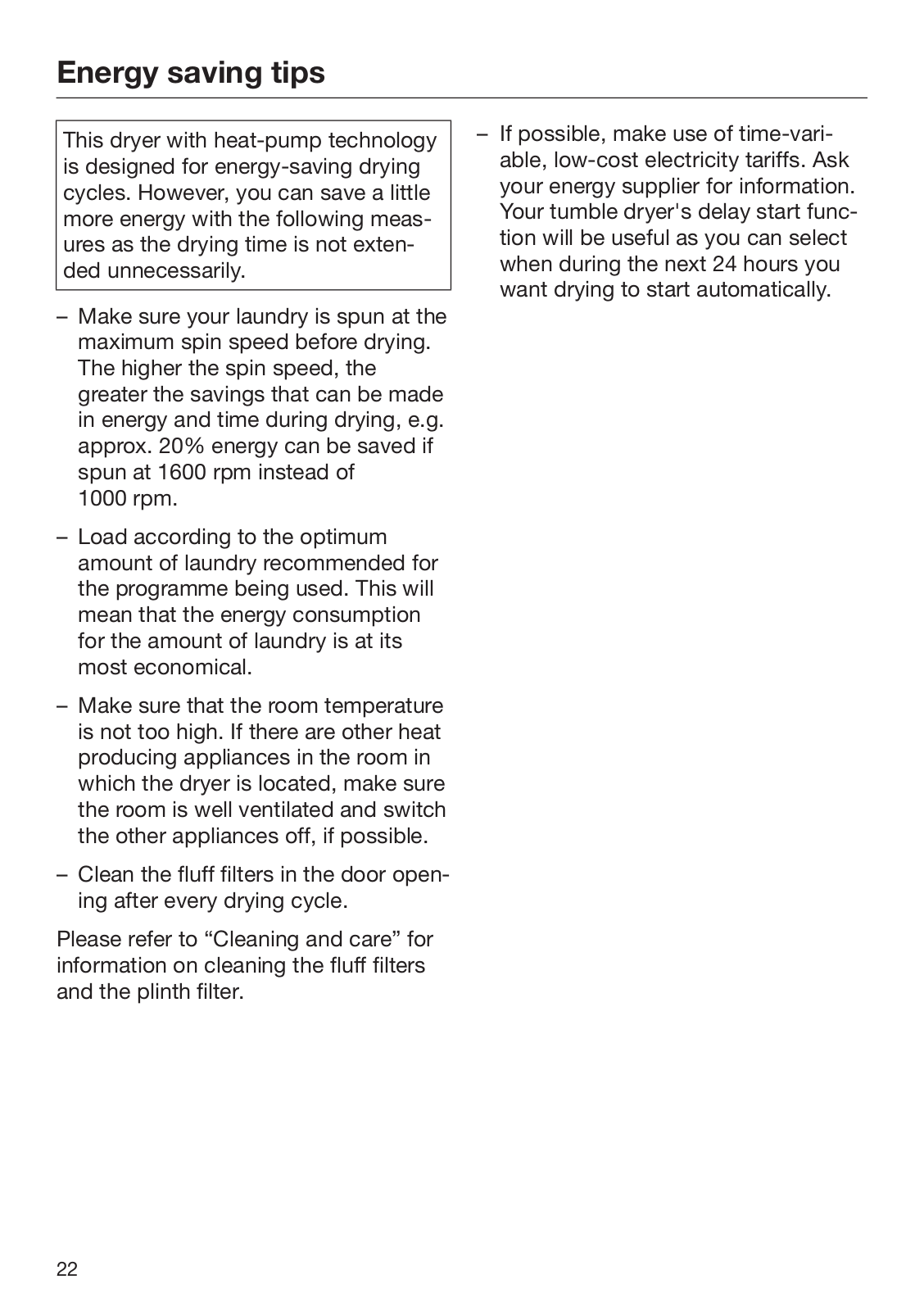
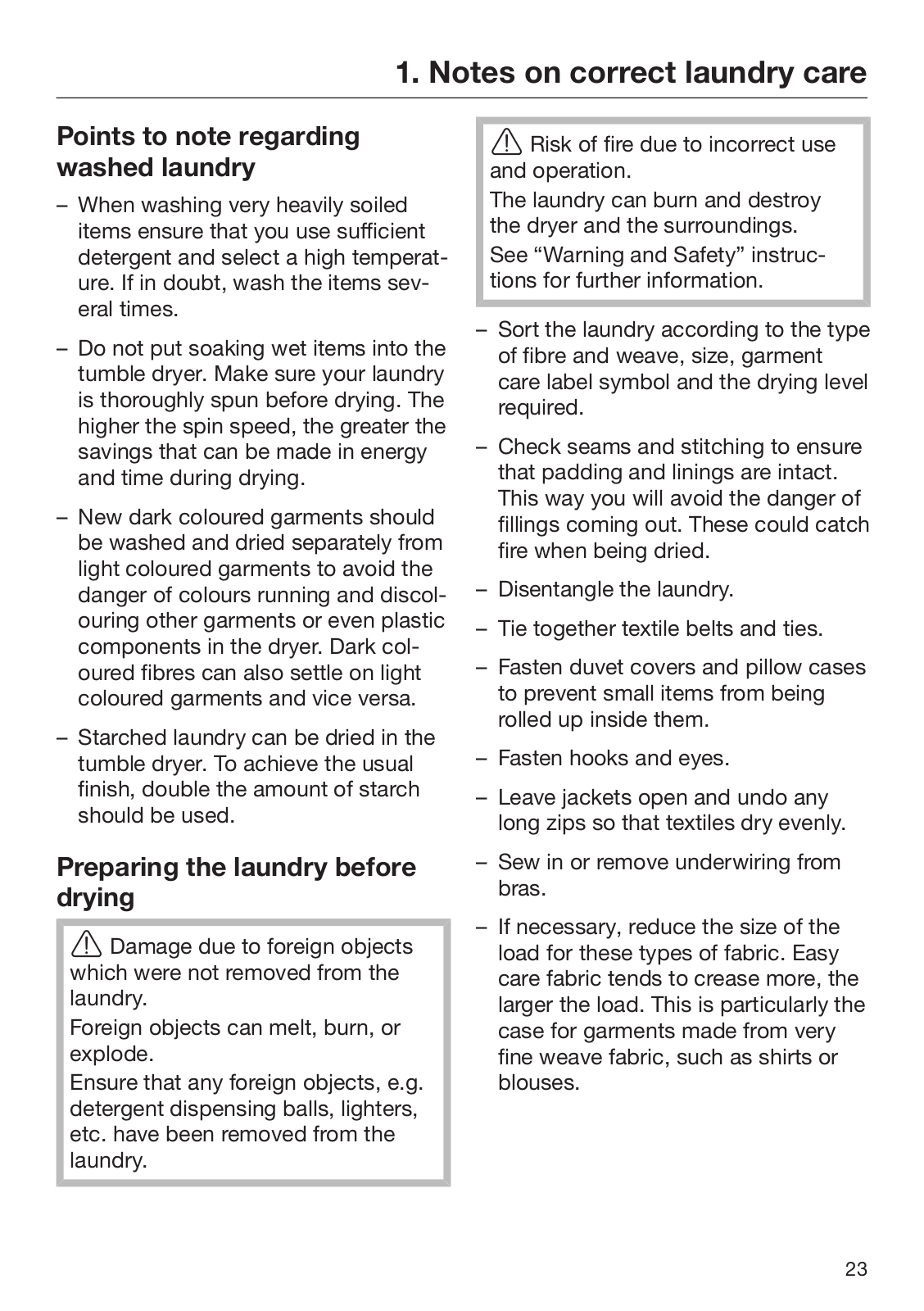
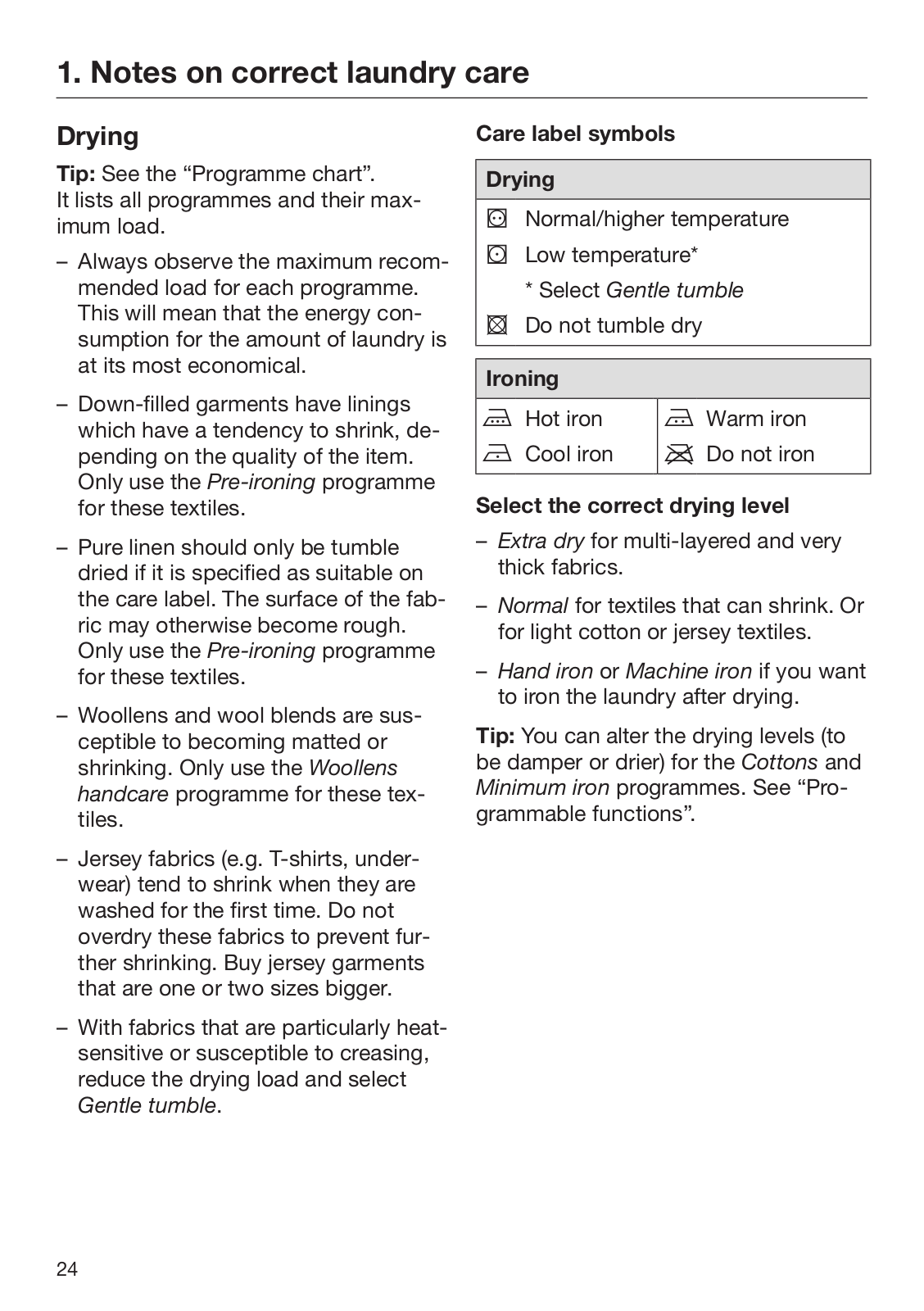
 Loading...
Loading...+ 56 hidden pages